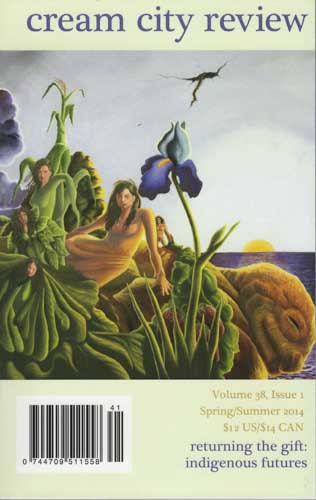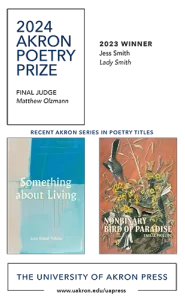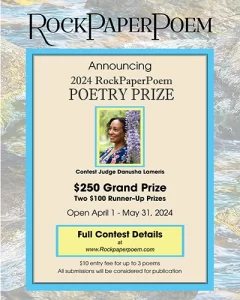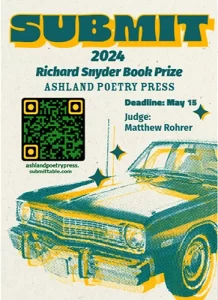Cream City Review – Spring/Summer 2014
Based at the University of Wisconsin-Milwaukee, Cream City Review is a fun, slim publication that opens its pages wide to different aesthetics and styles. There are magical stories set side-by-side with realist flash fiction, and in the middle of the issue is a special feature on Native writing. It’s rare that I’m able to say I have no clue what to expect from one page to the next in a literary journal, but in Cream City Review, that’s absolutely the case. This is not a criticism, though: instead of seeming scattered or overloaded, the journal is a merry-go-round of brightly colored poems and stories.
Based at the University of Wisconsin-Milwaukee, Cream City Review is a fun, slim publication that opens its pages wide to different aesthetics and styles. There are magical stories set side-by-side with realist flash fiction, and in the middle of the issue is a special feature on Native writing. It’s rare that I’m able to say I have no clue what to expect from one page to the next in a literary journal, but in Cream City Review, that’s absolutely the case. This is not a criticism, though: instead of seeming scattered or overloaded, the journal is a merry-go-round of brightly colored poems and stories.
For me, the cream of the crop on the fiction side was Keith Rosson’s “Baby Jill,” an inventive—and darker—take on the oft-told story of the tooth fairy. This reimagining isn’t announced directly and immediately, but developed as the story goes on, as the reader begins to question things like the tens of thousands of teeth the narrator Carol (the tooth fairy) keeps in a room, waiting for collection. The story’s first line reads, “On Wednesdays, Gary comes to collect the teeth,” and readers know from that opening at least one crucial way this story is different from the folklore: Carol is definitely not in charge. And when she breaks the rules enforced by Gary, the tooth collector, she has to face the consequences, too:
It’s not right, I say.
For the first time ever, I hear Gary laugh. It sounds terrible, like someone hammering cement. Carol, there’s no room for right here, he says. Right and wrong’s in a whole different building.
There’s plenty of good work in this issue’s Native writing feature, “Returning the Gift: Indigenous Futures,” but I’m partial to the Denise Low’s fable-like story, “A Jackalope Walks into an Indian Bar.” It starts with what reads like the beginning of a joke, feeding off the title:
As he hops to a stool, an old man yells, “Whoa. That’s a Jackalope.”
Jack freezes and waits. Then the old man says, “Ayyy” and everyone laughs. Jack jumps up and orders wheatgrass straight.
It’s a funny start to a page-long story that evolves into something more serious, a sort of meditation on mythology and fact.
Another good short story is Brian Phillip Whalen’s flash fiction piece, “Air.” It’s the type of flash that slows time and reveals the importance of a specific moment—in this case, a father and a son blowing up an air mattress together. It’s a story ripe with implication, exploring the idea of memory and how it can warp, differ or fade. A lot of the relationship between the father and son is developed through dialogue, which is sharp throughout:
“In Nam,” my father said, hugging the mattress with his tree-trunk arms. “They dropped me from twelve-thousand feet with nothing but a bed sheet.”
He huffed and puffed and slid the mattress to me.
I said, “I hope they let you keep the sheet.”
There’s a good selection of poetry in this issue, too, all different in style and form. In “Ode to Dreaming the Dead,” Keith Leonard writes beautifully about what we would like to ask of those who have already left us:
I have wished it were law
that each person
before they die
record one song, just one—
and if they couldn’t sing
they could blow
a terrible trumpet
or kazoo, it wouldn’t
matter since such
clamor could be hummed
along to—a little
last whistle and testament,
maybe, a little ditty
infusing the dark rooms
which are too quiet
without them.
Though there are many good journals that stick to a particular aesthetic, I find that the ones I like best are the ones that aren’t afraid to mix and match. Cream City Review seems open to lots of different types of work, and if you’re looking for a quality literary journal—which this one is—then open is what you should want to see. This issue was short and sweet and strange, the perfect mix.
[www.creamcityreview.org]





